Introduction to CIGS Solar Modules
CIGS solar modules, representing a cutting-edge approach in photovoltaic technology, are gaining traction for their efficiency and sustainability. Standing for Copper Indium Gallium Selenide, these modules are a subset of thin-film solar cell technology that is designed to convert sunlight into electricity with remarkable efficiency.
Types and Applications of CIGS Modules
The versatility of cigs modules is evident in their various forms, including monocrystalline and polycrystalline options. Each type serves distinct applications, from residential rooftops to commercial power stations, offering solutions that cater to different energy needs and structural constraints.
Features and Materials of CIGS PV Modules
CIGS pv modules are composed of a unique semiconductor material that allows for high absorption of sunlight and conversion to electricity. This material, combined with a lightweight design, makes them an ideal choice for a range of environments, even those with less structural support.
Advantages of CIGS Photovoltaik Technology
The advantages of cigs photovoltaik cells include their lower environmental impact and the ability to perform under low light conditions. Their thin-film construction requires fewer raw materials, which contributes to a reduced carbon footprint during production.
Reliability and Performance
CIGS solar modules are engineered for durability, with many capable of providing consistent energy output for around 25 years. The performance of these modules is a testament to the advanced technology that drives their operation, ensuring that they remain a reliable source of renewable energy.
Choosing the Right CIGS Solar Module
Selecting the appropriate cigs solar module involves considering factors such as wattage capacity and physical dimensions, which directly influence the module's performance. With an array of options available, buyers can find modules that align with their specific energy requirements and spatial limitations.

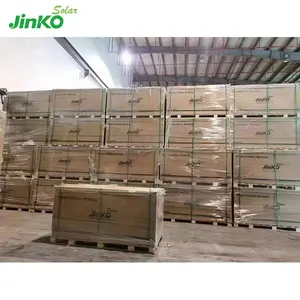
















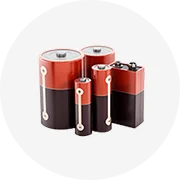
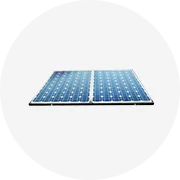
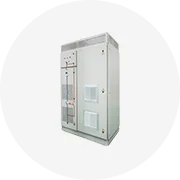
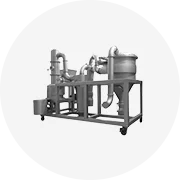

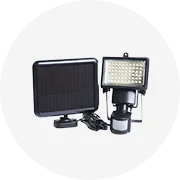

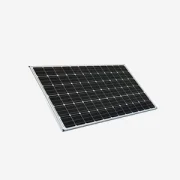








 浙公网安备 33010002000092号
浙公网安备 33010002000092号 浙B2-20120091-4
浙B2-20120091-4